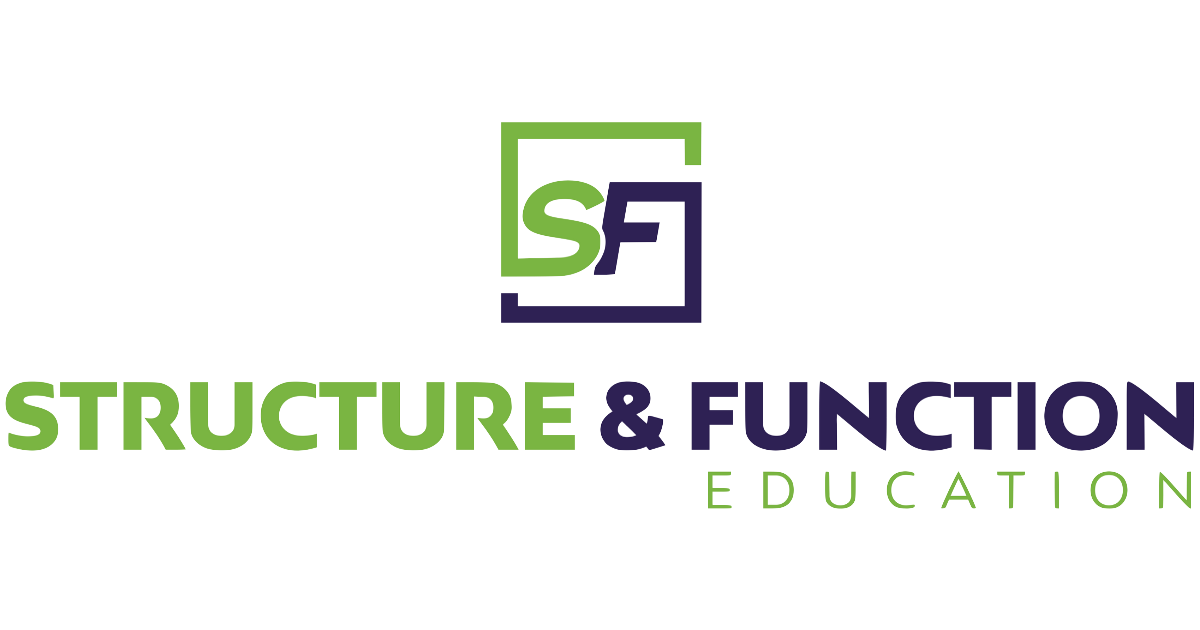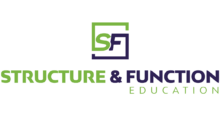
Fascial Manipulation Method Course Curriculum
Summary of each class
The Fascial Manipulation® training program for the locomotor system consists of two intensive hands-on courses of 6 days each that combine theoretical lectures, demonstrations, and practice between participants throughout each day.
Participants will learn to evaluate musculoskeletal dysfunction with specific reference to the human fascial system, and to apply the Fascial Manipulation method as taught by Luigi Stecco, PT.
Lectures include the anatomy and physiology of the fascial system, an explanation of the biomechanical model used in application of this technique and the anatomical localization of key fascial points.
Emphasis is placed on the evaluation of musculoskeletal dysfunctions (from history taking, to a hypothesis, to a verification and treatment) together with a methodology and strategy for treatment.
Who is the program for?
FM® basic training program is intended for
- Acupuncturist
- Athletic Trainers
- Chiropractors
- Doctors of Osteopathic Medicine
- Massage Therapist
- Medical Doctors
- Physician Assistants
- Physical Therapist
- Physical Therapy Assistant**
- Occupational Therapist
**PTA’s if they are working in a clinic/site where a qualified supervising practitioner is presently taking or has taken the course in the past.
Current Course offerings
Fascial Manipulation® Level 1 (FM-1)
There is no prerequisite course for this class but the future practitioner must be in a licensed field of study.
Fascial Manipulation® Level 1 consists of two three-day courses (for 48 hours total) that need to be taken within 4-6 weeks of each other to assure a good understanding of the underlying biomechanical rationale and mastery of the technique. The first 3-day course is listed as FM-1a and the second one is listed as FM-1b.
FM-1 discusses the problems related to dysfunction of the locomotor system, by associating the densification of the Coordination Centers to conditions such as tendinitis, low back pain, lumbar disease, cervicalgia, carpal tunnel, headache and so on. It studies analytically, every Myofascial Unit in the continuity of Myofascial Sequences.
The main objective is to develop an understanding of the Coordination Centers (CCs), responsible for the normal function of the monoarticular muscles and synergistic biarticular muscles. Training includes two levels.
For more information and available classes, please see the FM-1 course page.
Fascial Manipulation® Level 2 (FM-2)
Prerequisite for this class is completion of Fascial Manipulation Levels 1.
Fascial Manipulation® Level 2 course consists of two three-day courses (48 hours total) taken within 4-6 weeks of each other to allow time for clinical experience and practice and to assure a mastery of the technique as a whole. The first 3-day course is listed as FM-2a and the second one is listed as FM-2b.
Level 2 analyses the anatomy and function of fascia retinacula within the more complex movement. They are managed by particular areas called Fusion Centers, where they converge the forces of multiple Myo-Fascial Units. It introduces the concept of Diagonals and Spiral organization found within the corporis fascia.
FM-2 focuses on the role of Centers of Fusion as part of the biomechanical model and the formation of Myofascial Diagonals and Spirals.
For more information and available classes, please see the FM-2 course page (coming soon).
Course map
Coming soon!
Shows additional classes not currently offered by Structure and Function Educations but are part of the whole Fascial Manipulation® Certification Program.

